There are so many great examples of open source these days. I find more and more that I can accomplish just about any task, either online or in the real world, with the aid of open source, especially software. For a relatively recent grad, I appreciate any opportunity to save money for the future. This could easily be the same case if I ever have the opportunity to start a business, as not many entrepreneurs relish the thought of paying thousands for an enterprise solution software package (such as Oracle). Let’s look at a few examples:
- Blogging – There are tons of sites out there that will give you space to host your blog either because they want exposure for their own site or have advertising motives. My blog is done published using WordPress, a wonderful free software. You can either have them host at their site or you can install their software really easily on your own hosting site. It’s amazing how well developed the software is and how easy it is to post and maintain online content. I remember when I first tried making websites back in the 90s I was so overwhelmed that I never ended up getting a site online. Now it’s a snap!
- Software – This is where the most open source opportunities come from and is really what drove the advances in open source. Here are some of my favorites.
- Wikipedia – This has to be one of the most prevalent examples on the internet today, not only of free software, but free information that is surprisingly accurate. The amazing thing about it is how effective it is as a standalone website. Google just about anything these days and a Wikipedia entry is likely to be at the top of the results. Why? Because Google works by popularity and whatever site the most people link to is usually the top hit on the results page (with some other criteria in there too). So many people link to Wiki articles though, that they often shoot to the top. Wikipedia is kept accurate and up to date by its contributors and moderated by some superusers, but has been shown to be effective as less and less people watch TV and instead spend their time online helping moderate content.
- Linux – A favorite of mine, this is the Windows killer that people have been talking about for years. It’s getting close, but Apple will probably chip away at Microsoft’s dominance first. Either way, it’s amazing how far the Linux systems have come from even just a few years ago. There are myriad releases available that suit different needs of users, but Ubuntu is the most popular now thanks to a user interface that is simple, similar to Windows and to be honest is spectacular. An add-on, once called Beryl, now Compiz-Fusion, is a spectacular interface that started following some of the OS X features (from Apple) and then was heavily copied in Microsoft’s Vista (flop). If you need some free software that does a tremendous job and is well supported, go with Ubuntu.
- PHP/MySQL – More software that makes this blog and many like it possible. WordPress is written in PHP, an open source software protocol that pulls from online databases. MySQL is the language that makes those databases possible. It is used in some of the most powerful sites on the web and is a simple standard to learn.
- Clothes – This one is definitely more unorthodox, but makes sense. A company called Threadless.com offers the opportunities to submit designs that are voted on by users and then they manufacture the most popular versions of the shirt and sell them. The artist gets a cut of the profits and the company doesn’t have to maintain an in-house staff. The situation is reminiscent of freelance photographers; it may not be the best for the artist, but it produces some spectacular work for the end user. Another company started doing this recently for shoes too. Soon you may be able to have an entire wardrobe based off of user created clothing!
- Music/Radio – Radio isn’t quite open source in the traditional sense, but online radio stations such as Pandora and Slacker are removing the need for big-wig dictated content. Allowing the user to decide what they will listen to more specifically than a station type with lots of songs you don’t want to hear (“104.8, playing hits from the 80s, 90s and today!). These online stations allow for you to pare down the specific genre you enjoy and then they will play songs from within that category
- Analog – This site is about analog, right? Well of course I’m going to include an example how this works.
- My favorite example is the open source tube amp project called AX84.com. Me and a friend built up an amp using the schematics and directions on this site; anyone is free to add their own variations and improvements to the base model to share with everyone. Some of the audio samples on the page show that these amps really can crank out some vintage, fuzzy tone that players the world over love.
- Another good example is the board layout from vendors. Often times a vendor will give an evaluation board in order to help sell a product (so the user can evaluate how well the product works before buying thousands of them). They will also offer the schematics of the eval board so that the user can directly copy it if necessary and save development time. Although the user does not usually share their modified end product, the fact that the board design can be re-used without a royalty payment makes it more “open” than “closed” source.
With all the free-ness of open source, why do companies do it? Why does anyone do it? Well, there still is an economically positive nature to open source. In the case of the clothing, Threadless.com still can make money through efficient production and distribution. They pass the cost of design to their submitters who make commission on their work. For the software companies, often times the open source version is available for companies to modify under the GNU public license (GPL) agreement, which says that if modifications are made that are not significantly different from the original that the changed version must be made available to the public. Sometimes when a company decides to deviate the software from the open source version, they decide to sell the new product and often times will offer professional support for the new version. Yet another way that open source providers can make money is through advertising revenues. A good example of this is Pandora, even though they are severely threatened by legislation that recently doubled the price of playing a song. Finally, sometimes, there is no revenue stream. People sometimes release open source information and products out of the goodness of their hearts or out of boredom.
Open source will continue to drive innovation because it allows for a free flowing of ideas. The fact that these ideas are free for all to use and modify and then share will ensure that more people will add to the collective knowledge and provide more open source products.
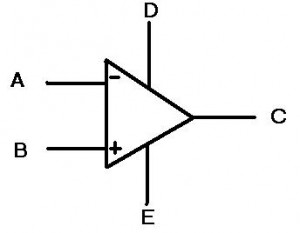



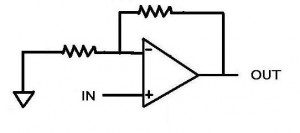
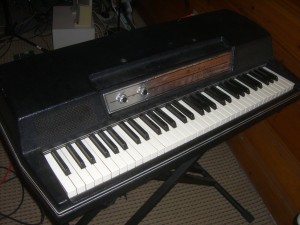
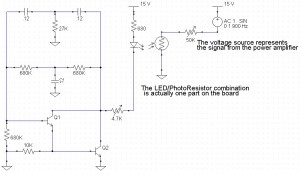


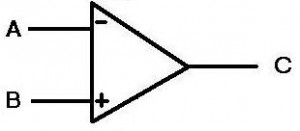
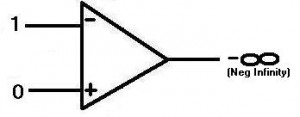

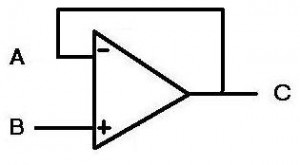
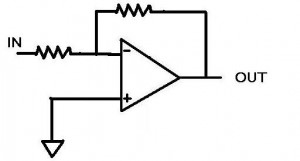


 .
. But I think it is possible;
But I think it is possible;